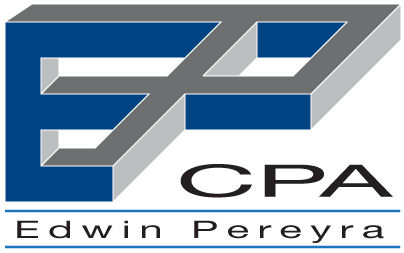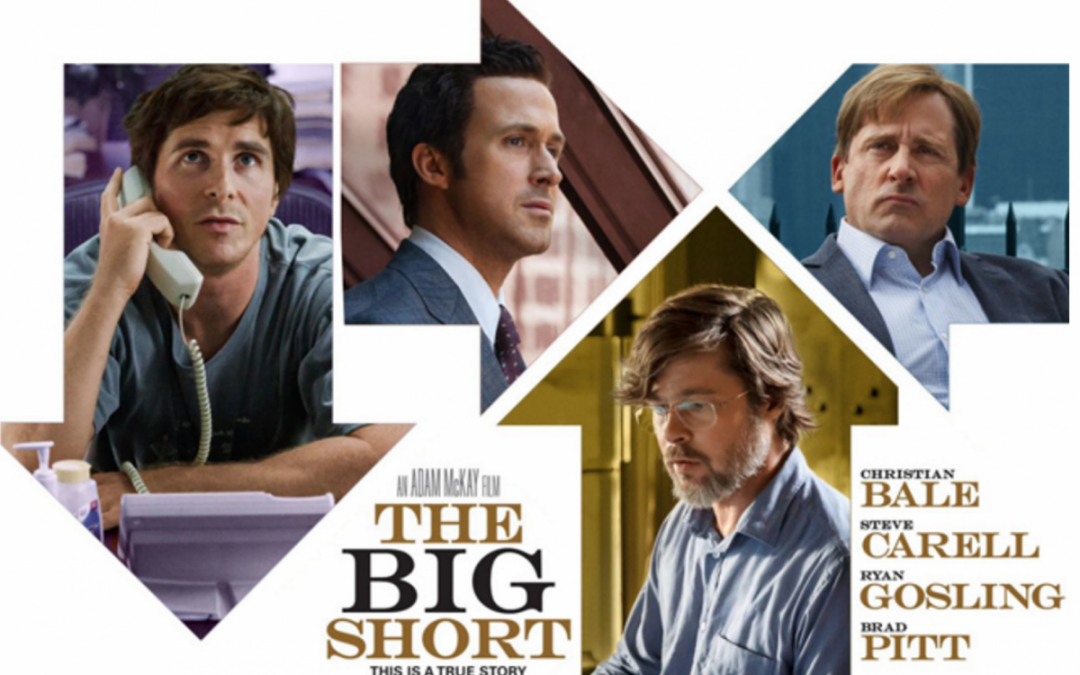The Big Short
***½ (out of four)
Michael Lewis’s 2010 book, “The Big Short” is by no means an easy read. More or less, it is an expose on the events leading up to the 2007-2008 U.S. financial crisis – perhaps the biggest crisis in American financial markets since the Great Depression. The book covered Wall Street jargons such as collaterized debt obligation, derivatives and subprime mortgages, among others. The big challenge for Hollywood is to transform an abstruse book into a film that would be watchable and understandable and still be entertaining about an important and difficult subject matter. After all, two of Lewis’s earlier books, “The Blind Side” and “Moneyball”, have successfully made the leap from print to the big screen.
Adam McKay, who had previously directed the “Anchorman” films, succeeds in adapting a book to tell the many facets of the crisis that can easily be understood by many who are financial novices. The characters played by Christian Bale, Steve Carell, Ryan Gosling and Brad Pitt are interesting and vivid of the many different players involved, each providing a different perspective. Using unconventional methods such as cameos of big name stars as themselves explaining the financial jargons, scribbles on the screen to create flowcharts and how things interrelate or characters talking directly to the camera – these all made for an effective storytelling.
While the film also plays out as a comedy, there is an underlining theme throughout of real everyday people losing their homes and jobs due to the greed and dishonesty of others. While the film provides a historical point of view, in the end, the lessons learned from the crisis may be short lived and easily forgettable as situations easily return to the way things were.
(Image courtesy of Paramount Pictures)

